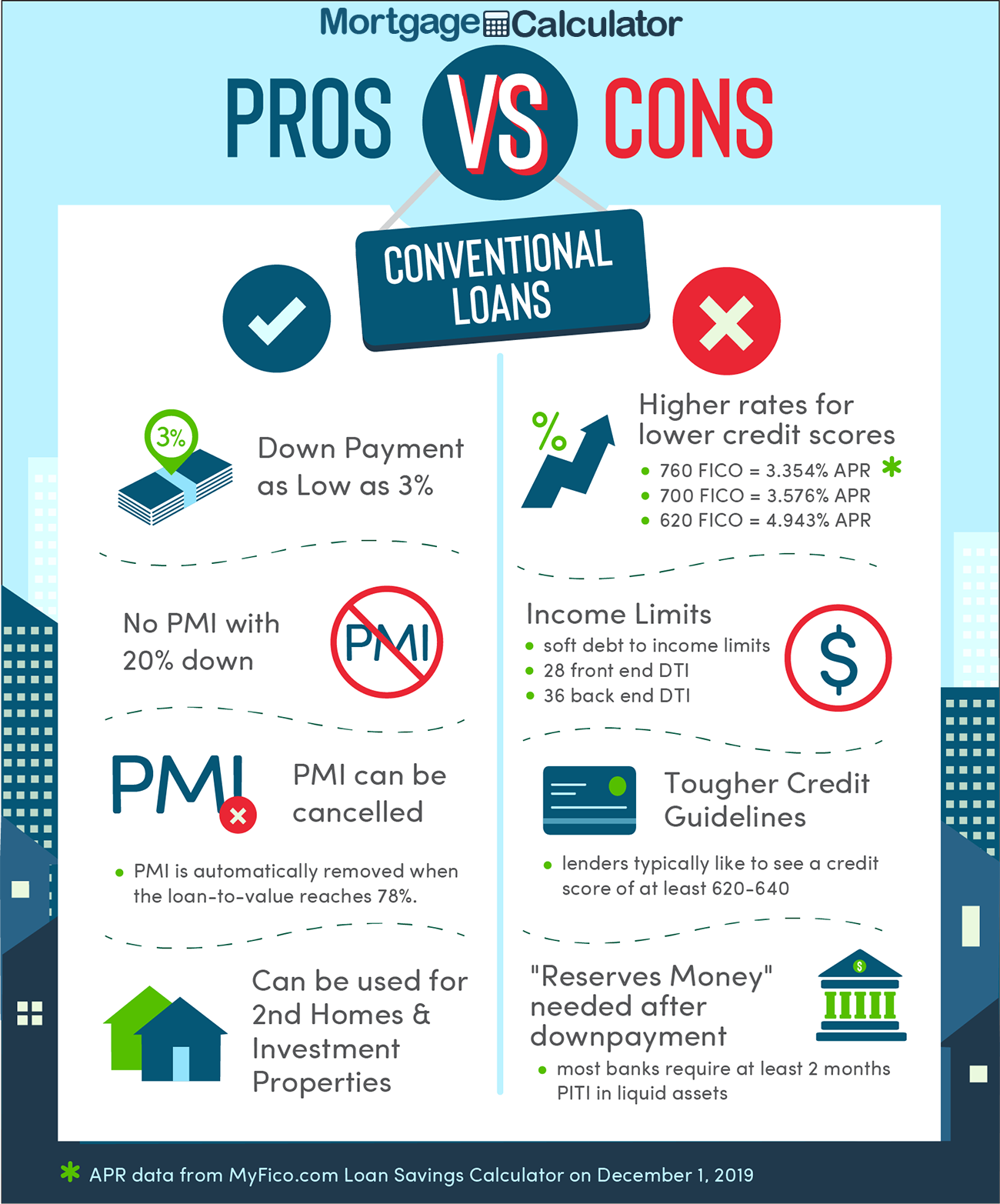Step-by-Step Process to Look For Conventional Mortgage Loans
Step-by-Step Process to Look For Conventional Mortgage Loans
Blog Article
The Necessary Factors to Consider When Choosing Between Fixed-Rate and Adjustable-Rate Home Loan Lendings
When assessing mortgage choices, consumers face a pivotal decision between adjustable-rate and fixed-rate fundings, each presenting possible pitfalls and unique advantages. Key considerations such as interest price stability, predictability in regular monthly repayments, and the effects of possible rate modifications can considerably impact long-lasting financial wellness.
Passion Price Stability
When selecting a home mortgage, comprehending passion rate security is important for educated decision-making. Interest rates can substantially impact the total price of a home mortgage, and identifying the nature of these prices is necessary for customers.
On the other hand, adjustable-rate mortgages (ARMs) begin with lower preliminary rates that may change regularly based upon market problems. While this can cause lower repayments originally, it also presents unpredictability, as consumers may face increased repayments if rate of interest climb. For those thinking about an ARM, it is important to analyze the chance of price modifications, the potential for payment increases, and the size of the preliminary fixed-rate period.
Ultimately, the option in between adjustable-rate and fixed-rate home loans rests on private danger resistance and financial situations. Comprehending rates of interest stability assists debtors make educated decisions that line up with their long-lasting economic objectives.
Monthly Settlement Predictability
While customers frequently prioritize rates of interest security, the predictability of regular monthly settlements is equally crucial in the home loan selection process (Conventional mortgage loans). Regular monthly repayment predictability plays a critical duty in budgeting and monetary preparation, as it directly affects a home owner's capital and general monetary health and wellness
Fixed-rate mortgages use a constant monthly settlement throughout the life of the funding, enabling customers to anticipate and intend their expenditures efficiently. This security can be especially beneficial for newbie property buyers or those on a set earnings, as it eliminates the unpredictability related to varying payments.
Alternatively, variable-rate mortgages (ARMs) commonly include lower initial repayments that can alter over time, causing prospective irregularity in regular monthly obligations. While at first enticing, this unpredictability can complicate economic planning, specifically if customers do not make up future rate modifications.
Prospective Price Adjustments
In the world of adjustable-rate home mortgages (ARMs), possible rate changes stand for a significant aspect that customers need to very carefully think about. Unlike fixed-rate home loans, where the rate of interest stays the same for the life of the lending, ARMs are characterized by fluctuating rates of interest that are tied to market indices. This irregularity can lead to considerable changes in month-to-month settlements, influencing the debtor's monetary planning and budgeting.
Customers need to be mindful of the margin and index utilized to compute these changes, as they straight affect future passion rates. In addition, ARMs commonly consist of caps that restrict exactly how a lot the passion price can boost at each change and over the life of the finance, which can supply some level of security versus extreme price walks.
Understanding these potential adjustments is essential for debtors, as they straight affect long-term repayment responsibilities. Therefore, evaluating individual financial circumstances and run the risk of resistance is important when choosing whether an ARM aligns with one's monetary objectives.
Lending Term Considerations
Car loan term considerations play a crucial role in the decision-making process for debtors selecting in between fixed-rate and adjustable-rate mortgages. The length of the car loan term considerably affects monthly repayments, interest rates, and general monetary planning.

Eventually, customers have to analyze their individual circumstances, monetary objectives, and market problems when evaluating the effects of lending term options within each home mortgage type.

General Expense of Borrowing
Fixed-rate mortgages supply foreseeable month-to-month payments, as the interest price continues to be consistent throughout the funding term. This predictability can lead to lower general expenses, particularly in a steady or decreasing interest price environment.
On the other hand, adjustable-rate mortgages (ARMs) typically start with reduced first rates, causing minimized in advance expenses. Nonetheless, these prices can raise after an initial duration, leading to possibly higher lasting prices. Borrowers should consider the regularity and degree of price changes, along with the overall loan duration, to properly examine the financial ramifications.
Furthermore, the total expense of borrowing includes not only rate of interest but additionally charges and various other connected costs, such as closing prices and insurance coverage (Conventional mortgage loans). As a result, when examining mortgage options, customers ought to carry out a comprehensive cost analysis over the life of the finance. By doing so, they can make an informed choice that aligns with their financial objectives and take the chance of resistance
Final Thought
Passion price security and month-to-month settlement predictability are vital for efficient budgeting, while the capacity for rate modifications in ARMs presents monetary uncertainty. In addition, the expected period of homeownership and the general cost of borrowing, including rate of interest prices and linked charges, must line up with individual financial conditions and run the risk of tolerance.
Secret considerations such as interest rate security, predictability in month-to-month settlements, and the ramifications of prospective rate modifications can substantially impact long-lasting monetary health and wellness. Interest rates can substantially influence the total price of a mortgage, and identifying the nature of these rates is necessary for customers. Unlike fixed-rate home loans, where the interest rate continues to be why not try these out the same for the life of the loan, ARMs are identified by fluctuating interest Bonuses rates that are connected to market indices. Additionally, ARMs commonly include caps that limit how a lot the rate of interest rate can boost at each modification and over the life of the finance, which can supply some level of defense versus radical price hikes.
Interest rate security and monthly payment predictability are critical for effective budgeting, while the possibility for rate modifications in ARMs presents monetary unpredictability.
Report this page